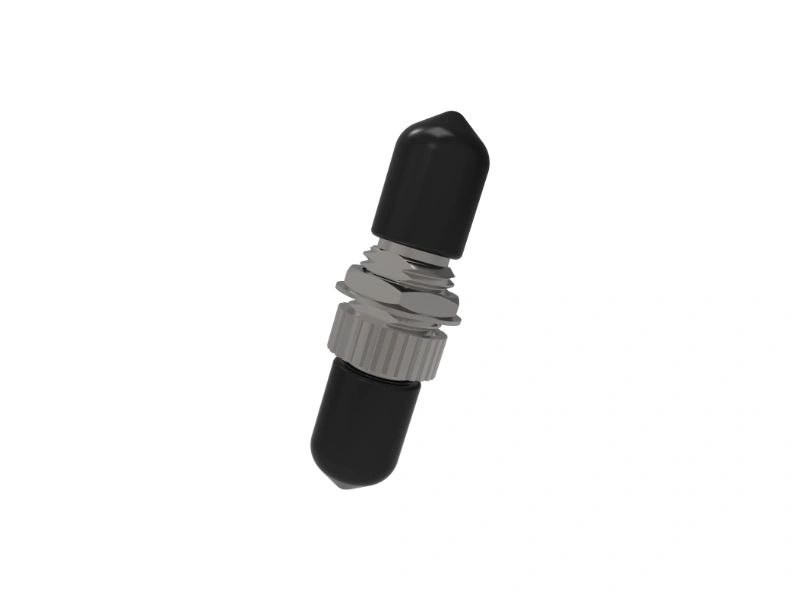The Importance of Fiber Optic Adapters in Communication Systems

Fiber optic adapters play a crucial role in ensuring seamless connectivity in communication systems. These small devices are responsible for connecting fiber optic cables together, allowing for the transmission of data signals with minimal loss and interference. However, it is important to understand that fiber optic adapters have limitations in terms of their durability and lifespan.
The Factors Affecting the Durability of Fiber Optic Adapters
There are several factors that can impact the durability of fiber optic adapters, particularly the number of times they can be plugged and unplugged:
1. Quality of the Adapter
The quality of the fiber optic adapter plays a significant role in its durability. Higher-quality adapters are often made of superior materials and are designed to withstand frequent plugging and unplugging. On the other hand, low-quality adapters may not be able to handle repeated usage, leading to potential signal loss or connection issues.
2. Precision of the Adapter's Connector
The precision of the connector in the fiber optic adapter also affects its durability. Connectors with better alignment and tighter tolerances will generally last longer, as they can maintain a stable connection even after multiple insertions and removals. Conversely, adapters with loose connectors may become less reliable over time.
3. Environmental Factors
The environment in which the fiber optic adapters are used can significantly impact their lifespan. Harsh conditions, such as extreme temperatures, humidity, and dust, can accelerate wear and tear on the adapters. Proper implementation of appropriate protective measures, such as dust caps and temperature control, can help prolong the lifespan of the adapters.
Limitations on Reusing Fiber Optic Adapters
Despite efforts to ensure the durability of fiber optic adapters, they still have a limited lifespan when it comes to the number of times they can be plugged and unplugged. On average, fiber optic adapters can sustain approximately 500 to 1,000 insertions and removals before showing signs of degradation.
It is important to note that this number is not an exact value for all adapters. The ultimate limitation depends on various factors, including those mentioned earlier: quality, precision, and environmental conditions. Adapters exposed to harsh environments or subjected to excessive force during plugging and unplugging may wear out sooner than expected.
Therefore, it is advisable to monitor the condition of fiber optic adapters regularly and replace them if any signs of deterioration, such as connection loss or signal degradation, are observed. This proactive approach ensures the integrity and reliability of the communication system.
Summary
Fiber optic adapters are essential components in communication systems, facilitating seamless data transmission. However, their durability is limited, mainly due to the number of times they can be plugged and unplugged. With an approximate lifespan of 500 to 1,000 insertions and removals, it is crucial to consider the quality of the adapter, the precision of its connector, and the environmental conditions in order to maximize its longevity. Regular monitoring and timely replacement of adapters experiencing wear and tear are necessary to maintain the efficiency of the communication system.



